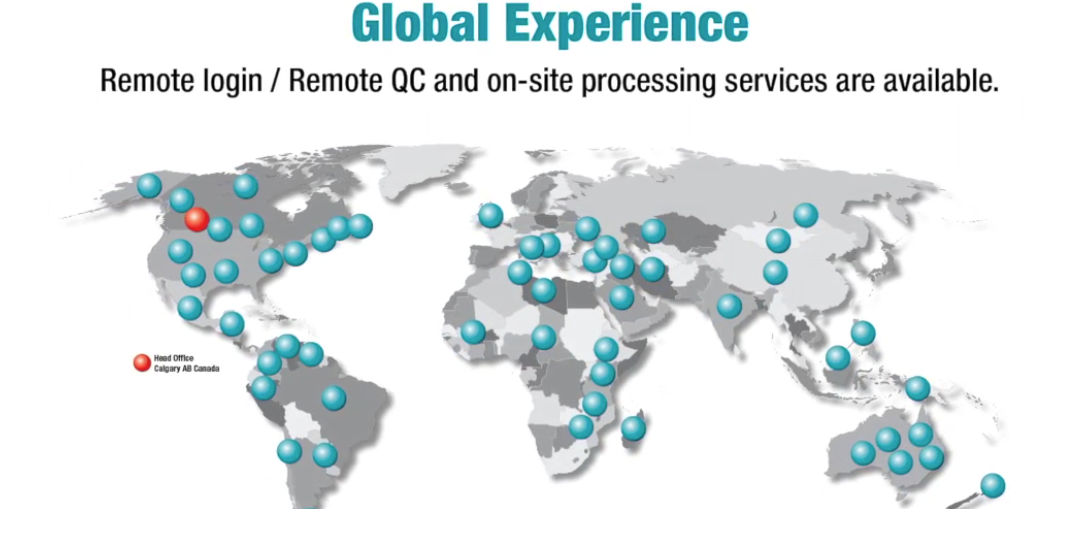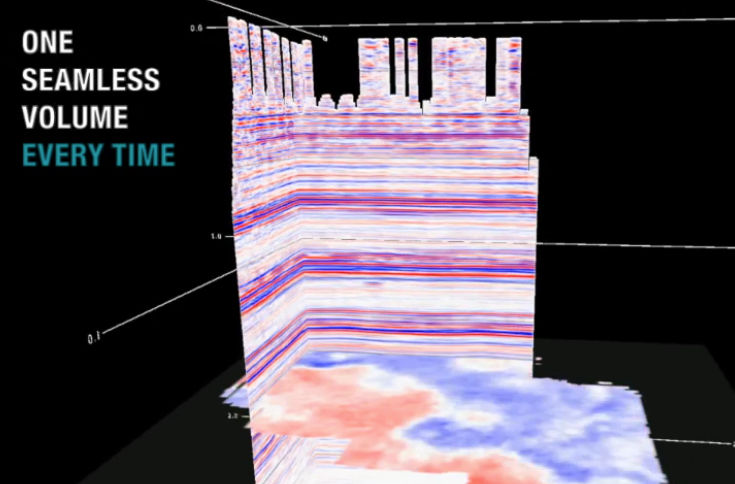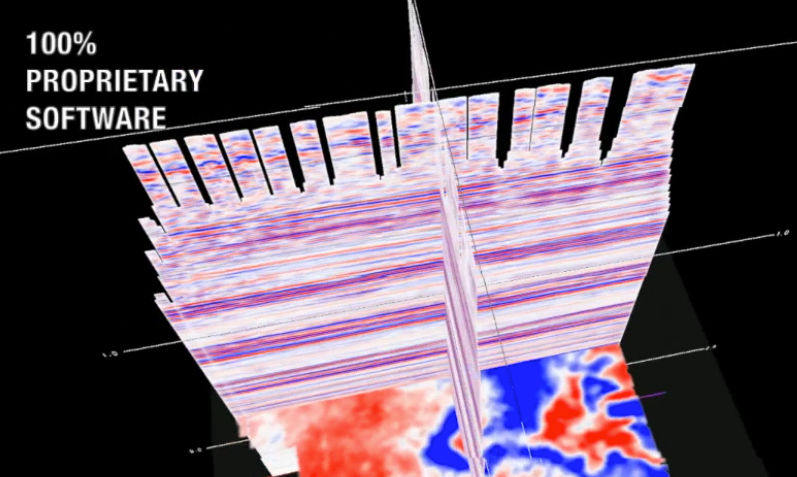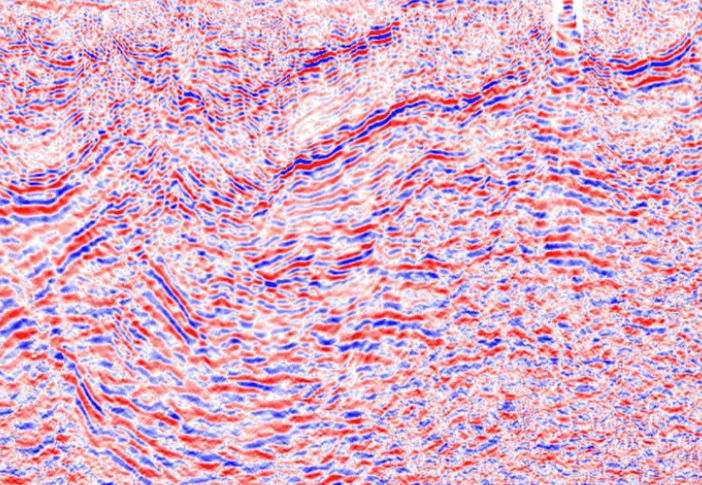
Earth Signal Processing Ltd
Calgary, Alberta, Canada
Earth Signal Processing Ltd
!
The Largest Dedicated Onshore Seismic Processing Company in the World.
About Earth Signal Processing Ltd
Established in 1993, Earth Signal Processing specializes in onshore, high-resolution 2D and 3D seismic data processing.
Earth Signal has become an industry leader in seismic data processing. We work with hundreds of clients in the Western Canadian Sedimentary Basin and around the world.
At Earth Signal, our professionals use sound geophysical methods, attention to detail, proven, robust proprietary software and prompt service to provide our clients with accurate, consistent onshore seismic solutions. Since 1993 thousands of wells have validated our seismic sections and we are privileged that many of our clients have been with us since the beginning.
Creating a 100% proprietary processing system has been a conscious choice from the inception of the company. We believe this is where true quality control really begins, and allows us to respond to the needs of our clients in the timeliest fashion.
Seismic data processing at Earth Signal is a team effort and as such our entire team will be able to contribute when their experience and knowledge is required. When you hire Earth Signal Processing, you hire the knowledge base of the entire company. One of the strengths of Earth Signal is to make the process and workflow as interactive between the processing team and the client as desired. There will be a dedicated processor assigned to manage your project from start to finish and beyond, while being aided by the entire group.
Mission Statement
Earth Signal Processing Ltd. will provide our clients with consistent global seismic solutions on time through sound professional geophysical practice and friendly service.
What we do




Life at Earth Signal Processing Ltd
Our Technology
Since 1993 Earth Signal has developed our own 100% proprietary SeisRight™ processing software suite. Our main focus during the development of our software has been to create innovative algorithms and unique workflows allowing us to provide our customers with the highest quality products.
We currently employ a team of full time R&D and Programming staff who are continuously developing and maintaining our software based on client and market input. This allows us to be extremely flexible and responsive and not dependent on a third party provider for software fixes or updates.
We exclusively process onshore seismic data, and with that focus have created specialized solutions for land seismic survey issues such as statics, velocity analysis, noise attenuation and geometry confirmation. We have developed advanced tools such as 5D pre-stack interpolation, azimuthal anisotropy detection from p-wave data, 4D processing of time-lapse surveys for reservoir monitoring, pre-stack simultaneous AVO inversion, and a full suite of 3C processing capabilities.
Because of our dedicated onshore focus, our proprietary software, and our international processing experience, Earth Signal has become a preferred service provider for many companies around the globe. We use web-based tools for our clients to remotely QC their projects from overseas. The centralized processing centre with readily scalable online disk space, along with our collaborative team-based company structure gives us a significant advantage over our competitors in terms of turnaround time and data quality for processing projects.
Earth Signal maintains a centralized, scalable, state of the art hardware infrastructure with enough capacity to handle multiple large projects simultaneously with over 3,800 CPU’s, multiple HPC clusters, back up centre and various media loading, plotting and secure FTP server.





















